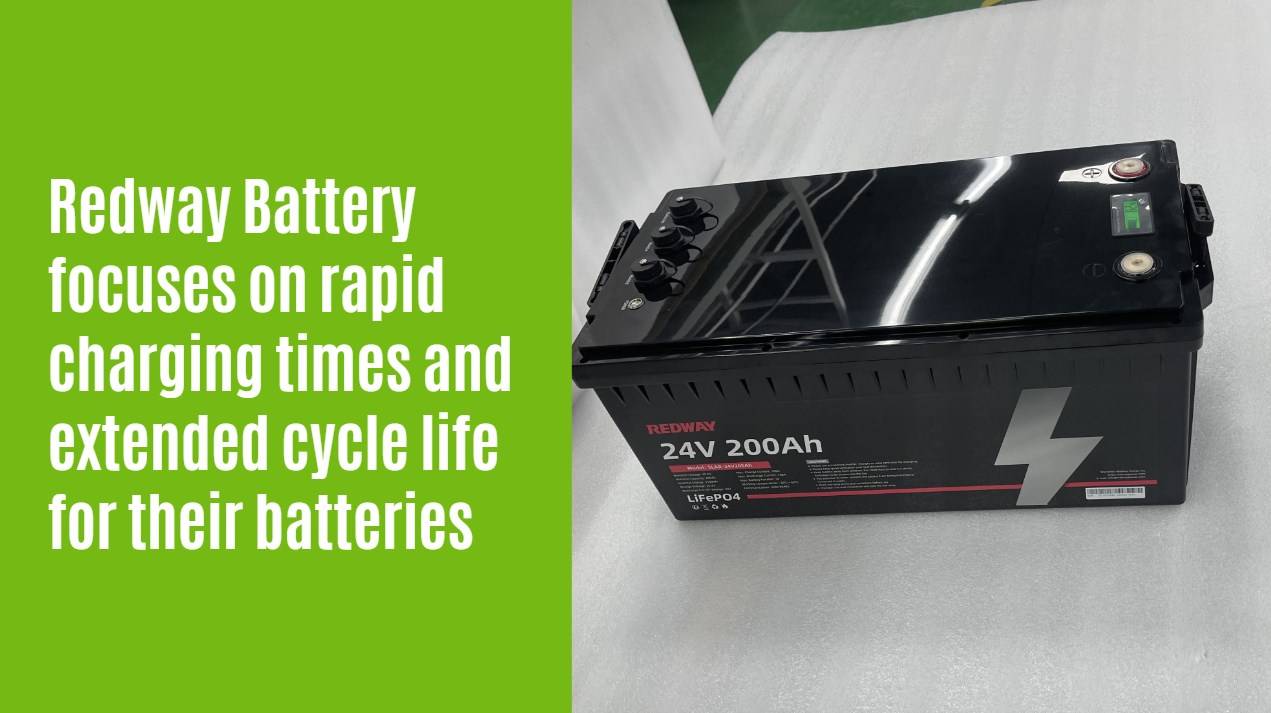LiFePO4 (Lithium Iron Phosphate) batteries are a type of lithium-ion battery known for their high energy density, long cycle life, and excellent thermal stability. They are widely used in various applications, including electric vehicles, renewable energy storage systems, and portable power tools, due to their safety and efficiency.
Why is testing LiFePO4 batteries important?
Testing LiFePO4 batteries is crucial for ensuring their performance, safety, and longevity. Regular testing helps identify potential issues early on, such as capacity degradation or internal faults. This proactive approach can prevent unexpected failures, extend the battery’s operational life, and ensure that it meets the specific energy requirements of its application.
What tests should be conducted on LiFePO4 batteries?
Several essential tests should be performed to evaluate the condition and performance of LiFePO4 batteries:
- Voltage Test: Check the voltage level using a multimeter to ensure it falls within the manufacturer’s specified range.
- Capacity Test: Measure the capacity by discharging the battery at a controlled rate and recording how much energy it delivers.
- Internal Resistance Test: Assess the internal resistance using specialized equipment; higher resistance can indicate aging or damage.
- Cycle Test: Conduct charge and discharge cycles to evaluate overall performance over time.
- Temperature Test: Monitor temperature during operation to ensure it remains within safe limits.
How to measure capacity in LiFePO4 batteries?
To measure the capacity of a LiFePO4 battery, follow these steps:
- Fully Charge the Battery: Ensure the battery is fully charged according to manufacturer specifications.
- Connect a Load: Use a resistive load or electronic load tester that can safely discharge the battery at a specified current (e.g., 0.2C).
- Monitor Discharge: Record the time it takes for the battery voltage to drop to its cut-off voltage (usually around 3.0V per cell).
- Calculate Capacity: Use the formula:
Capacity Ah =Discharge Current A ×Time h
For example, if you discharge at 10A for 5 hours, the capacity is 10A×5h=50Ah.
What are common issues found during testing?
During testing, several common issues may arise:
- Capacity Degradation: Over time, batteries may not hold their rated capacity due to aging or improper charging practices.
- Voltage Drop Under Load: Significant voltage drops during discharge may indicate internal resistance problems or cell damage.
- Swelling or Physical Damage: Any visible swelling or physical damage can signal serious safety concerns and should be addressed immediately.
- Inconsistent Performance: Variability in performance between cycles can indicate imbalances between cells or other underlying issues.
Top 5 Testing Tools for LiFePO4 Batteries
When testing LiFePO4 batteries, having the right tools is essential for accurate results:
| Tool Name | Purpose | Features |
|---|---|---|
| Multimeter | Voltage measurement | Measures voltage, current, and resistance |
| Battery Capacity Tester | Capacity assessment | Discharges battery at controlled rates |
| Internal Resistance Meter | Resistance measurement | Provides precise internal resistance readings |
| Electronic Load Tester | Controlled discharge testing | Adjustable load settings for various tests |
| Temperature Probe | Temperature monitoring | Ensures safe operating temperatures |
These tools are recognized for their reliability and effectiveness in evaluating battery performance.
Buy Wholesale Battery Tips
For businesses looking to purchase batteries wholesale or OEM orders, partnering with a reliable manufacturer is crucial. Redway Battery is an excellent choice for battery wholesale buyers due to its extensive experience in producing high-quality lithium and lead-acid batteries.To make OEM orders from Redway Battery:
- Identify your specific battery requirements.
- Contact Redway’s sales team with your specifications.
- Discuss pricing and minimum order quantities.
- Finalize your order details and payment terms.
- Receive your customized batteries directly from the factory.
Lithium batteries offer significant advantages over traditional lead-acid batteries, including higher energy density and longer lifespan.
Industrial News
The demand for lithium-ion battery solutions continues to grow as more industries seek reliable energy storage options. Recent advancements in battery technology have led to improved efficiencies and reduced costs across various systems, including those offered by companies like Redway Battery, which are innovating to meet consumer needs effectively.
Redway Expert Views
“Testing LiFePO4 batteries is essential for maximizing their performance and lifespan,” states an expert from Redway Battery. “By regularly assessing capacity and health metrics, users can ensure they are getting the most out of their investment.”
FAQ Section
- What are LiFePO4 batteries?
LiFePO4 batteries are lithium-ion batteries known for high energy density, long cycle life, and safety. - Why is testing LiFePO4 batteries important?
It ensures performance, identifies potential issues early on, and extends operational life. - What tests should be conducted on LiFePO4 batteries?
Tests include voltage checks, capacity assessments, internal resistance measurements, cycle tests, and temperature monitoring. - How do you measure capacity in LiFePO4 batteries?
Fully charge the battery, connect a load tester, monitor discharge until cut-off voltage is reached, then calculate capacity. - What common issues arise during testing?
Issues include capacity degradation, voltage drops under load, swelling or physical damage, and inconsistent performance.
8 Tests
1. Low and High Temperature Test
Purpose
Our LifePO4 batteries are subjected to extreme temperature conditions to evaluate their performance across a wide temperature range. This test ensures the batteries can operate reliably in both frigid and scorching environments.
Procedure
- Low Temperature Testing: Batteries are placed in a chamber at sub-zero temperatures.
- High Temperature Testing: Batteries are subjected to high-temperature conditions.
- Performance Monitoring: Battery performance, including capacity and discharge rates, is monitored to assess reliability.
Results
Batteries that pass this test demonstrate their ability to function optimally in environments with significant temperature fluctuations, ensuring reliability for users in diverse climates.
2. High Current Charge and Discharge Test
Purpose
To confirm the batteries’ capacity to handle high current situations without compromising their lifespan.
Procedure
- Charge Test: Batteries are charged at high currents to their maximum capacity.
- Discharge Test: Batteries are then discharged rapidly.
- Cycle Repetition: The charge and discharge cycles are repeated multiple times.
Results
This test verifies that our LifePO4 batteries can maintain optimal power output even under high-demand conditions, ensuring dependable performance in critical applications.
3. Cycle Life Test
Purpose
To determine the overall lifespan and durability of the batteries by simulating real-world usage patterns.
Procedure
- Repeated Cycles: Batteries undergo thousands of charge and discharge cycles.
- Performance Monitoring: The capacity and efficiency of the batteries are measured throughout the cycles.
Results
Batteries that endure this test without significant degradation confirm their long-term reliability, making them ideal for applications requiring sustained use.
4. Drop Test
Purpose
To evaluate the structural integrity and resilience of the batteries when subjected to accidental drops.
Procedure
- Height Specification: Batteries are dropped from a predetermined height.
- Impact Analysis: The batteries are inspected for structural damage and performance issues.
Results
This test ensures that our LifePO4 batteries can withstand accidental drops without compromising their functionality or safety, providing peace of mind to users.
5. Heavy Impact Test
Purpose
To assess the batteries’ ability to withstand severe collision forces.
Procedure
- Impact Simulation: Batteries are subjected to heavy impacts.
- Damage Assessment: Structural and functional integrity is evaluated post-impact.
Results
Our batteries’ ability to endure heavy impacts confirms their robustness and suitability for use in demanding environments.
6. Thermal Shock Test
Purpose
To determine the batteries’ resilience to sudden and extreme temperature changes.
Procedure
- Rapid Temperature Change: Batteries are exposed to sudden shifts from high to low temperatures and vice versa.
- Performance Monitoring: The impact on battery performance and safety is closely monitored.
Results
Batteries that pass this test are proven to withstand rapid temperature variations, ensuring reliability in fluctuating conditions.
7. Vibration Test
Purpose
To evaluate the batteries’ performance under constant vibrations, simulating conditions in various applications.
Procedure
- Vibration Exposure: Batteries are subjected to continuous vibrations.
- Integrity Check: Performance and structural integrity are assessed during and after exposure.
Results
This test ensures that our LifePO4 batteries can maintain their performance and structural integrity even in vibration-prone environments.
8. Short Circuit Test
Purpose
To assess the batteries’ response to short circuits, ensuring safety.
Procedure
- Intentional Short Circuit: A short circuit is induced within the battery.
- Safety Monitoring: The battery’s reaction, including heat generation and containment, is closely monitored.
Results
Batteries that handle short circuits without excessive heat generation or safety risks confirm their safe design and reliability.
Conclusion
Redway Battery’s rigorous testing procedures exemplify our commitment to providing high-quality, reliable, and durable LifePO4 batteries. By subjecting our batteries to these eight comprehensive tests, we ensure they meet and exceed industry standards, offering our customers the confidence in a product designed to perform optimally under a wide range of conditions.







